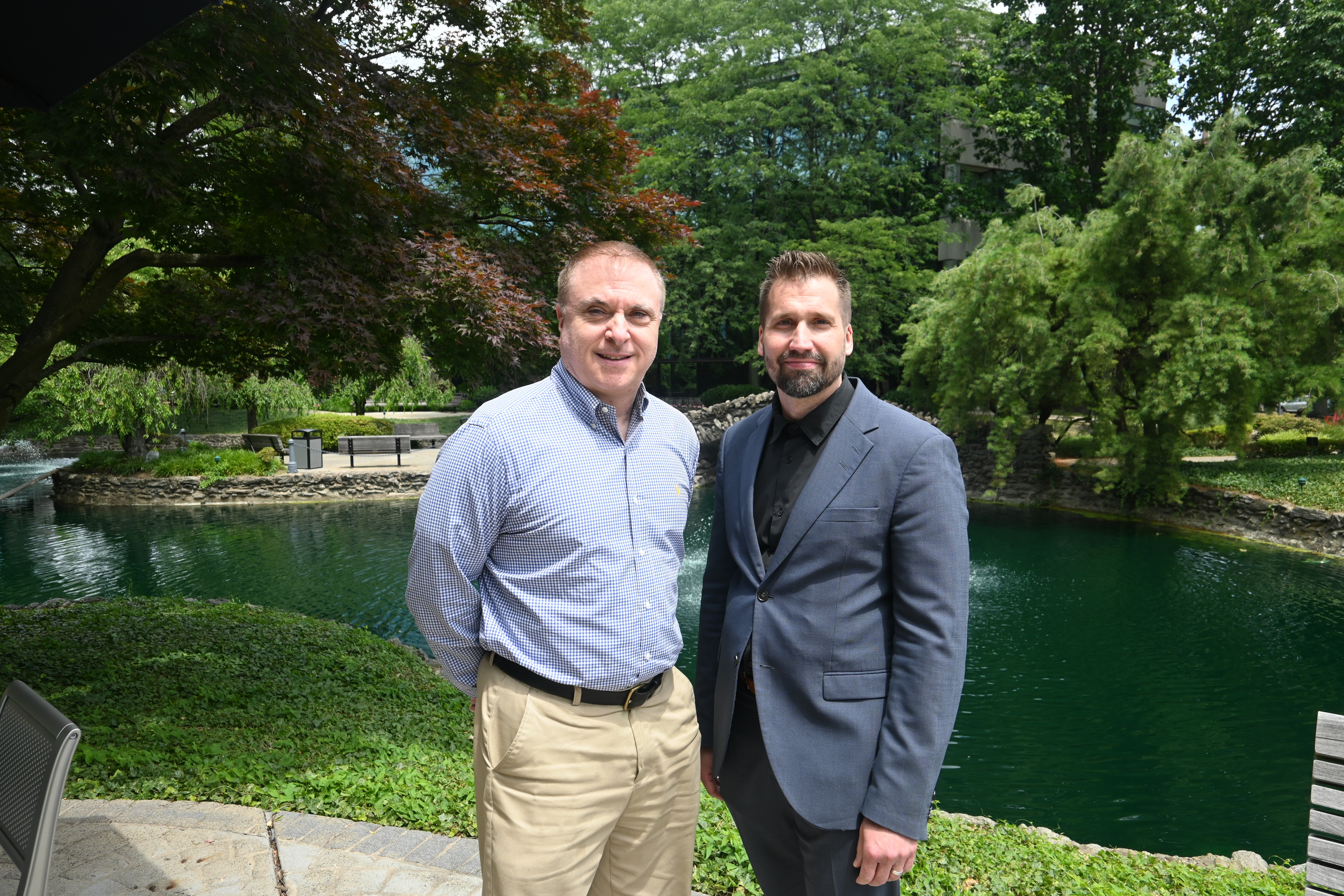
A groundbreaking research article from two faculty members has been accepted for publication in the high-impact journal Gerontology and Geriatric Medicine.
Robert Andersson, MSc ‘10, PhD ‘18, FAAO, with Carlo Pelino, OD ‘94, FAAO, have written about their findings from the world’s largest population-based study on long-term care patients, quantifying the prevalence of diabetic retinopathy and undiagnosed diabetes based on clinical ocular findings.
According to Dr. Andersson, the new data about the magnitude of undiagnosed diabetes among long-term patients reveals an existing health disparity and the importance of eye care in elderly long-term patients. The results are timely, he said, because they complement the existing studies done among the normal population without diabetes.
“What we found out was that nursing home residents have a really high prevalence of diabetes and diabetic retinopathy,” said Dr. Andersson. “Based on such ocular findings, about 40 percent of the patients with diabetes weren’t diagnosed. There is no eye care in nursing homes that is mandated.”
Dr. Pelino added that geriatric specialists exist within the medical field as a subspecialty, but in optometry, that necessarily isn’t the case.
“I don’t know if we are training geriatric optometrists, not only for private practice, but for nursing home care. There’s not a lot of students graduating and saying ‘I’m going to do nursing home care,’” he said. “What this study shows is that there is definitely a need. We’re trying to emphasize to our students and residents that there is a population out there, especially in nursing homes, that needs to be examined. We need to continue to stress that to them.”
In addition, Dr. Pelino said geriatric optometry can be geared not only toward routine care but preventative, acute and chronic ocular conditions.
The study topic was part of Dr. Andersson’s PhD program study at Salus University from 2015 to 2018. Data for the study started being collected in 2004 and ended in 2010. There were two additional years of data collection after the initial study, which is currently still being analyzed. Now that the article has been published by the journal, Drs. Andersson and Pelino hope to get the information out and raise the awareness of the need for eye care to detect diabetes and metabolic syndrome (diabetes, hypertension, cholesterol, obesity) in elderly long-term patients using a multidisciplinary approach.
Dr. Pelino added another goal in the future would be to get it incorporated into the curriculum at the Pennsylvania College of Optometry (PCO), Salus at Drexel University.
“My personal opinion would be to create a primary care/geriatric residency where that resident doctor is also being trained how to properly give exams in a nursing home where the patient may not be able to get out of the bed. Not everyone is ambulatory. I think that’s what this really shows,” said Dr. Pelino. He mentioned optometry schools and colleges, as a whole, would need to change practices internally and advocating for that should be a priority.
The two also plan to present the study’s findings to the American Academy of Optometry, the American Optometric Association (AOA) and its members.
“Eye care should be mandated in nursing homes and it’s not now,” said Dr. Andersson. “I’m hoping this study will raise awareness that this is a big problem because the aging population is rolling over so fast.”
To read the full published study, click here.